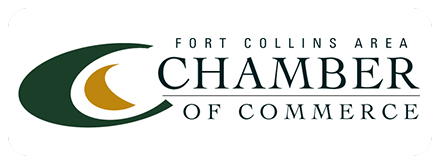How to Clean Your Smartphone the Right Way
As the Coronavirus continues to infect thousands around the world, health experts are recommending that people wash their hands regularly while distancing themselves from others by at least 6 feet to defeat or at least slow the virus’ spread. Experts also believe that sanitizing mobile phones is not only necessary to slowing the spread of Coronavirus but also may be more effective than wearing protective face masks.
In Singapore, one of the countries that has successfully slowed the spread of Coronavirus, the Ministry of Health’s director of medical services says that mobile phones are one of the dirtiest items people own and cleaning them is more important than wearing a medical mask, according to the Straits Times. Moreover, a research report in the Journal of Hospital Infection also confirms that Coronavirus, also knows as Covid-19, can stay on inanimate surfaces such metal, glass or plastic for up to 9 days.1
“Very rarely do people clean their phones, [so] germs and bacteria continue to build up and accumulate, including E. coli, influenza, and MRSA, just to name a few,” according to Charles Gerba, PhD, a microbiologist and professor at the University of Arizona who is often referred to as “Dr. Germ.”2
Germ infested mobile phone touch screens can easily spread pathogens from phones to your hands and face, increasing the chance of infections, says Gerba.
Disinfecting Your Phone
Best practices for mobile phone sanitization include rubbing alcohol and water, disinfectant wipes, hand sanitizer and UV light:
Rubbing Alcohol and Water
Using a solution of 60 percent water and 40 percent rubbing alcohol will eliminate pathogens from the surface of a mobile phone. To avoid damaging mobile devices while disinfecting, Apple recommends the following best practices:
- Use only a soft, lint-free cloth. Avoid abrasive cloths, towels, paper towels, or similar items.
- Avoid excessive wiping, which might cause damage.
- Unplug all external power sources, devices, and cables.
- Keep liquids away from the product, unless otherwise noted for specific products.
- Don’t get moisture into any openings.
- Don’t use aerosol sprays, bleaches, or abrasives.
- Don’t spray cleaners directly onto the item.
Disinfectant Wipes
Apple also recommends using a 70 percent isopropyl alcohol wipe or Clorox disinfecting wipes on the display, keyboard and exterior surfaces while avoiding bleach solutions to clean mobile phones. Drawbacks of prepacked wipes, however, include excessive liquid that can drip onto and into devices.
Hand Sanitizer
Applying hand sanitizer directly on mobile devices works for killing bacteria and viruses as well. “Most alcohol-based sanitizers work only when wet and evaporate quickly,” according to Dr. Gerba. “The best choices are ones that offer residual protection, meaning they continue to work long after they have been applied.”
UV Light Cleansing Devices
UV light can also disinfect mobile phones by sending light waves directly at a phone’s surface. Studies show that 99.9 percent of bacteria and viruses are killed within six minutes of exposure. Phone cleaning device manufacturer PhoneSoap states that UV-C light effectively destroys nucleic acids and breaks apart bacteria and virus DNA. Once their DNA broken, germs can’t function or reproduce, and the organisms die.




